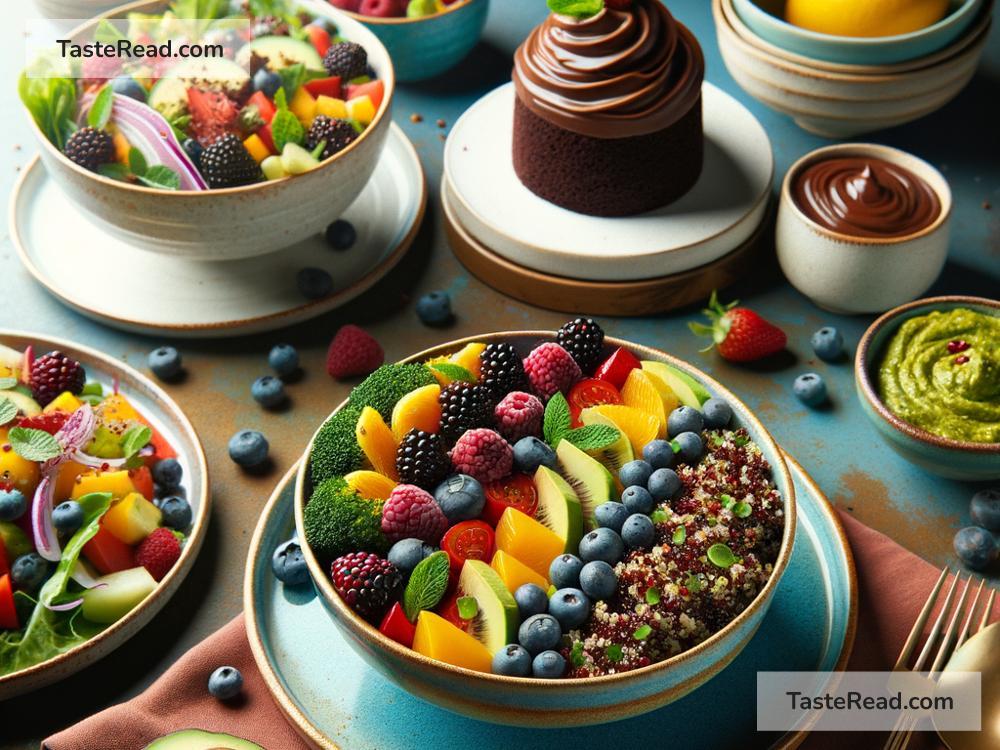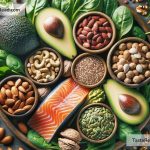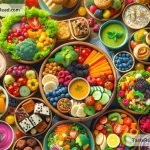Gluten-Free and Dairy-Free: How to Balance the Two Diets
When it comes to eating healthy, many people are diving into specific diets to accommodate their health needs or personal preferences. Two popular dietary adjustments are adopting gluten-free and dairy-free lifestyles. Maybe you’re exploring these options due to allergies, intolerances, ethical reasons, or simply to feel better in your daily life. Whatever the reason, balancing both gluten-free and dairy-free diets can seem tricky at first. But don’t worry! With some guidance and planning, it’s easier than you think to harmonize these dietary choices.
What Does Gluten-Free and Dairy-Free Mean?
Before we jump into balancing these diets, let’s understand what we’re talking about. A gluten-free diet excludes all foods containing gluten, which is a protein found in wheat, barley, rye, and triticale. This means saying goodbye to most traditional bread, pasta, cakes, and even some less obvious products like certain sauces and condiments.
Going dairy-free, on the other hand, involves eliminating dairy products from your diet. This includes milk, cheese, butter, and yogurt, among others. People choose this for various reasons, including lactose intolerance, dairy allergies, or ethical considerations regarding animal welfare.
The Challenge of Balancing Both
The main hurdle in balancing a gluten-free and dairy-free diet is ensuring you’re not missing out on essential nutrients. These include calcium, vitamin D, fiber, and B vitamins. Plus, it’s crucial to find a variety of meals you enjoy, so your diet doesn’t become bland or monotonous.
Here’s How To Do It:
1. Focus on Whole Foods
The easiest way to ensure you’re eating a balanced diet is to focus on whole foods. These are foods that are as close to their natural state as possible. Think fresh fruits and vegetables, lean meats, fish, eggs, nuts, seeds, and legumes. Not only are these foods naturally gluten-free and dairy-free, but they’re also packed with nutrients.
2. Find Substitutes You Enjoy
Luckily, we live in a time where substitutes for both gluten and dairy products are readily available. Almond milk, coconut yogurt, and dairy-free cheeses can fill the gap left by traditional dairy products. For gluten substitutes, look for products made with rice, corn, quinoa, or gluten-free flours. Remember, not all substitutes are created equal in terms of taste and texture, so it might take some experimenting to find what you like.
3. Get Creative in the Kitchen
One of the best parts about adopting a new diet is the opportunity to explore new recipes and cooking methods. There are thousands of gluten-free and dairy-free recipes online that are delicious and nutritious. Whether you’re craving a creamy pasta or a slice of cake, there’s likely a recipe that fits your dietary needs.
4. Read Labels Carefully
Whether you’re grocery shopping or eating out, always be vigilant about reading labels and asking about ingredients. Gluten and dairy can sneak into products you wouldn’t expect. Learning to identify these on ingredient lists is crucial to maintaining your dietary choices.
5. Don’t Forget About Supplements
Even with a well-planned diet, you might find it challenging to get enough of certain nutrients, like calcium or vitamin D. This is where supplements can be helpful. However, it’s important to talk to a healthcare provider before adding any supplements to your routine.
6. Stay Positive and Flexible
Lastly, approach these dietary changes with a positive and flexible mindset. It might take some time to adjust, and that’s perfectly okay. Celebrate your successes, learn from challenges, and don’t be too hard on yourself if you make a mistake.
In Conclusion
Transitioning to a diet that is both gluten-free and dairy-free might seem daunting at the start, but it’s entirely achievable with a bit of preparation and creativity. By focusing on whole foods, finding substitutes you enjoy, and not being afraid to try new recipes, you can create a balanced, nutritious, and enjoyable eating plan. Always remember to read labels, consider supplements if needed, and stay open-minded. With these strategies, balancing gluten-free and dairy-free diets can not only be easy but also a rewarding journey towards better health.


